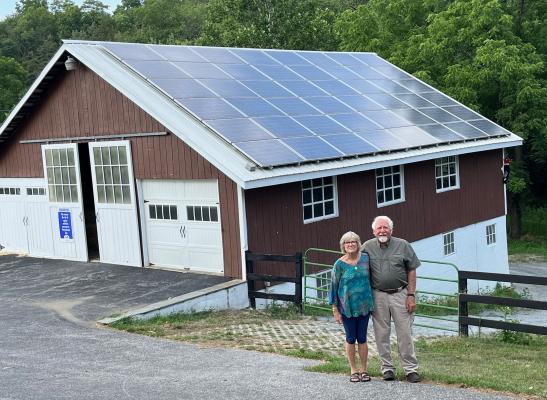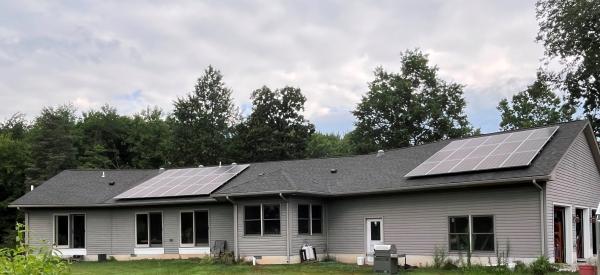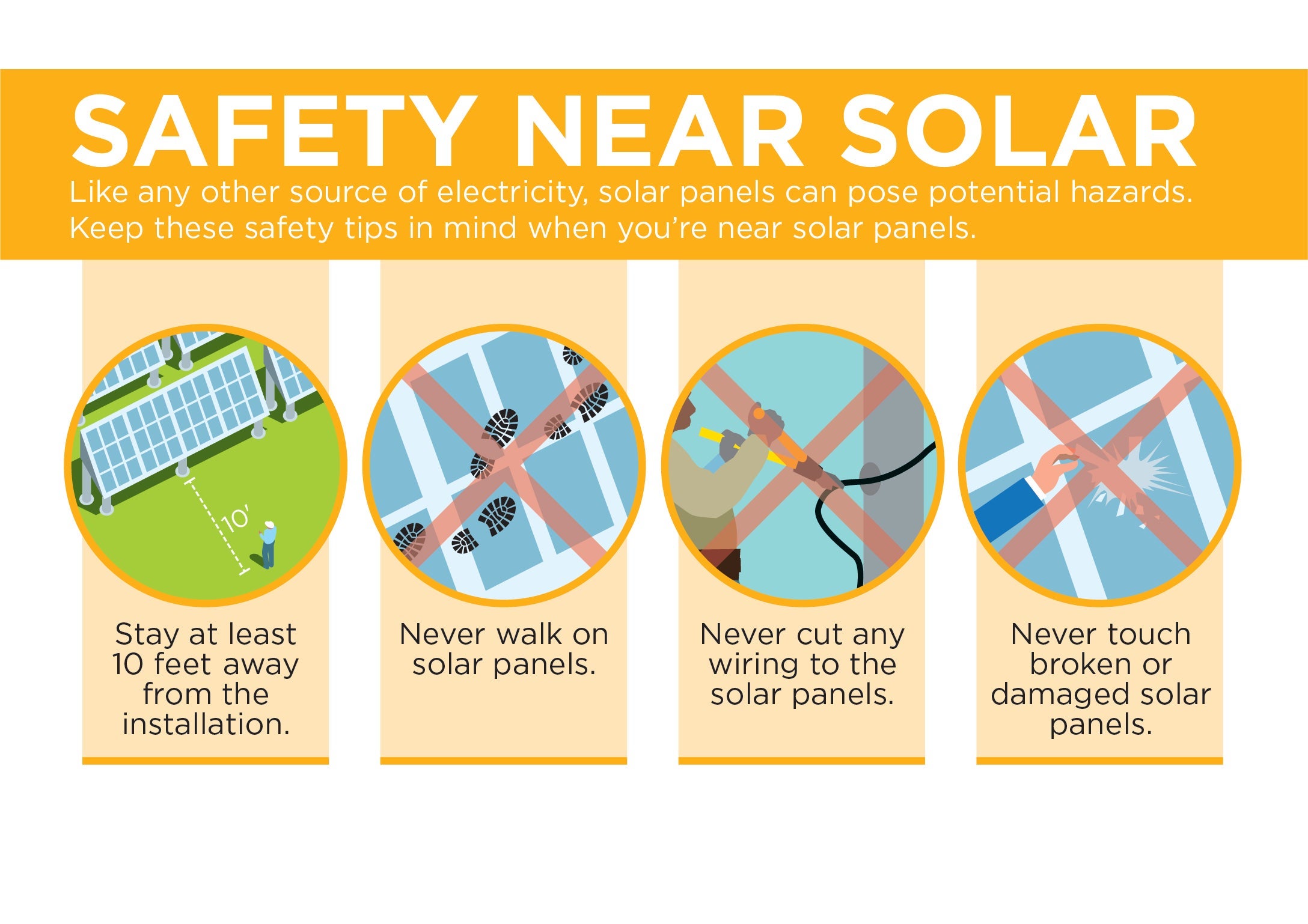
September 2024
Adams Electric serves mostly rural areas in five counties in South Central Pennsylvania. This leads many to believe that our members are not diverse. However, the opposite holds true, and we see that diversity every day when interacting with our members. The board of directors from a governance standpoint and the employees from an operational viewpoint spend a lot of time discussing impacts of programs, rates, industry trends, technology changes and so much more to balance the needs of our diverse membership.
The cooperative started interconnecting alternative generation (mostly solar) projects to our distribution system in early 2007. We have heard all the debates on the pros and cons to solar as a power source and as an electric distribution cooperative it is not our job to pick a side in those debates. As a member-owned cooperative, it is our responsibility to collaborate with all members in the fairest way possible. As we close-in on almost two decades since that first member installed solar, we now have more than 330 members who have interconnected to our distribution system.
For the first time since mid-2008 all these interconnected members are covered by the same interconnection and power purchase (IPPA) agreement. We had many updated versions of that complicated contract over the years, and it was challenging to manage those multiple versions. Members who were interconnected prior to 2023 received a notice last summer that Adams Electric was ending their IPPA agreement at the end of 2023. We did this to create a singular, more consistent and more manageable agreement for our members using renewable energy.
While every contract version had a termination clause in it, some members were shocked when they received that letter. Part of the shock was confusion regarding the program and if it was ending completely and the other part of the shock was the detailed and very corporate tone to the letter versus the usual friendly cooperative tone. For those alternative generation members who didn’t appreciate the tone of the letter, we do apologize for the corporate approach. While we needed the new contract to be taken seriously, we should have sprinkled in more co-op friendly language in there as well.
For our nearly 30,000 members who are reading this article and do not have an alternative generation account you may be wondering what this has to do with you. While you currently do not have an alternative generation system interconnected today, they are becoming more prevalent in our communities. You see neighbors installing solar on their homes, and farmers leasing out large fields. You might even see the occasional windmill while driving down a rural road. Again, we are not joining in the debate about these systems, but it is our obligation to interconnect them in the fairest way possible. It is also our responsibility to assist those members interested in alternative generation so we can explain how the process works with the cooperative.
Adams Electric does not have the resources needed to determine if solar would work for you or not. What we can tell you is how the interconnection process will work under co-op policies and procedures and how the solar rate will appear on your electric bill. (Adams Electric also changed its net metering billing practice at the beginning of 2024 to make the rate more equitable to all members of the cooperative.) This will vary greatly compared to other electric utilities and many salespeople do not always provide the most accurate information.
Our best advice to you is to not sign anything until you or your contractor contacts us FIRST! Gather as much information about a potential interconnection as you can and then contact us to verify that information is accurate and within our operating guidelines. Gain, we recommend you do not sign anything until you contact us. We have had so many discussions with members after they signed a contract with a solar installer and then it’s too late to correct the misinformation. In addition, there is a contract (IPPA) agreement) required between any member installing an alternative generation project, the cooperative, and Allegheny Electric Cooperative (our transmission provider and the actual buyer of the generated electricity).
At the end of the day, we are still your trusted energy provider and advisor, and we want to be here to help. While diversity challenges us to be everything to all our members, we will continue to try to assist each member individually in your energy conservation endeavors.
Points to Consider Before Installing Rooftop Solar
“Free energy from the sun and lower electric bills… Where do I sign up?”
The benefits of installing rooftop solar panels may seem like a no-brainer, but the reality is, not every home (and homeowner’s situation) is always right for solar.
There are several factors to consider before pulling the trigger on a rooftop solar system, like determining if your home will receive enough sun to achieve your goals, finding the right contractor, negotiating contracts and other important details.
Investing in solar for your home is a major decision. If you’re considering rooftop solar, your local electric provider can usually help.
Here are eight questions to consider before installing rooftop solar panels.
Questions to Consider before installing rooftop panels
FROM THE MEMBERS...
Ed and Mary Franco, Lower Frankford, Cumberland County, members since 1981
Rich and Debby Luquette, Liberty Township, Adams County members since 2015

Franco Solar Panels

Luquette Solar Panels


